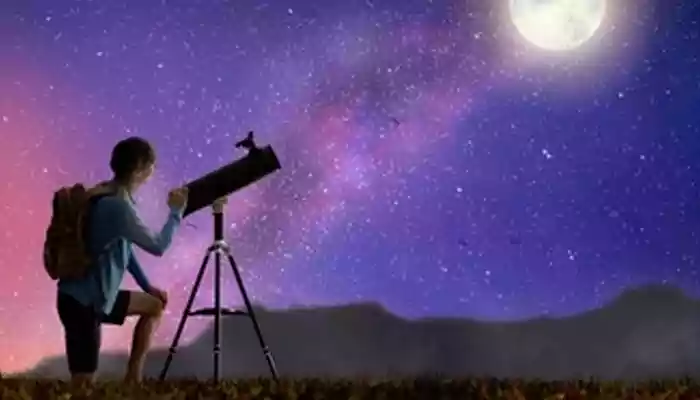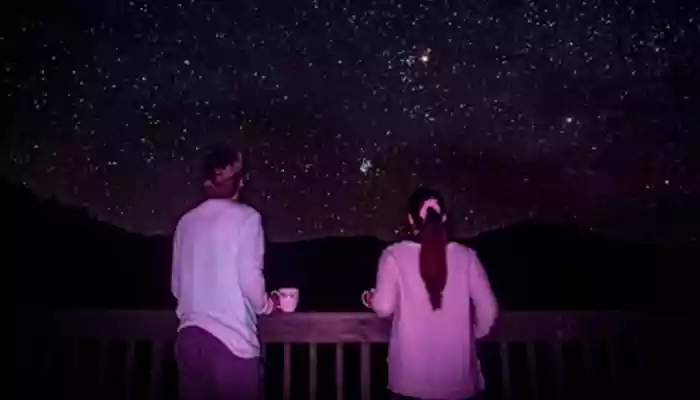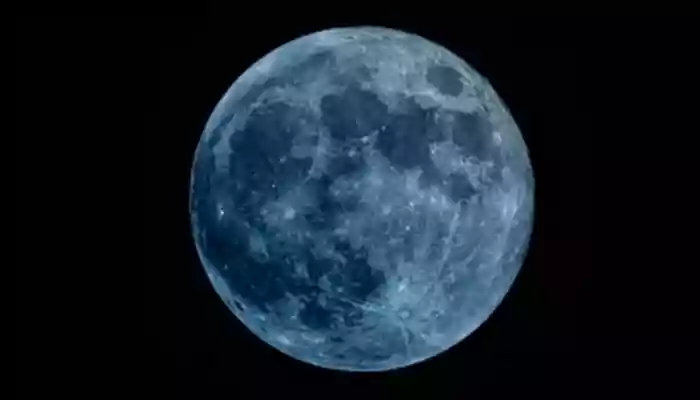
February is the best time for stargazing, as night skies offer the most clear glimmering celestial views you cannot even imagine.
From new moon, full moon, and conjunction of planets, this February could be one of the best in recent years to watch the night sky. Here's the calendar for most exciting night sky events in February, 2024:
On a beautiful Sunday morning, the bright star Antares will be placed to the lower left of the waning crescent Moon. As Antares generally rises on the southeastern horizon, it will be visible approximately 8 degrees to the lower left side of the Moon.

In the predawn sky, Venus will be seen near the Waning Crescent Moon. The same situation will be observed on February 22.
The red planet will be placed approximately 4.2 degrees north of the Moon. You will be able to observe the Mars nearby Moon, an amazing celestial pairing.
Mercury will appear in the predawn sky in early and late winter. On this day, Mercury will remain visible in the predawn sky.
The New Moon is known as the beginning of the lunar cycle when the Moon becomes invisible from the Earth as it is placed between the Sun and the Earth. As there will be no moonlight, it will be an amazing dark night for for stargazing.
On these two days, the thin-shaped waxing crescent moon will pass on the Saturn, which will be observed in evening sky.
On these two dates, the thick waxing crescent moon will glow near a bright planet Jupiter. The best time to observe this is midnight.
This marks the middle point of the New Moon and the Full Moon. On this day, from late afternoon, you will observe a half-illuminated Moon.

During the Full Moon, the entire face of the Moon gets brightly illuminated by the Sun and appears the brightest in the night sky. This spectacular sight is observed once in a month generally. The full moon in February is known as the snow moon.
People in Northern Hemisphere will observe the zodiacal light after evening twilight for for the next two weeks starting from Feb 26. If you are in Southern Hemisphere, observe it before morning twilight.
When any celestial object is placed at Superior conjunction, that means this object will not be visible from the earth, as it will exactly at opposite side of the sun.
A planetary object is considered to be at “solar conjunction when it makes its closest approach to the Sun in the sky,” according to astronomy. On this day, Saturn will be positioned close to the Sun in the sky.
If you are living in city, then you have to move out of urban area as this area is not suitable for viewing the night sky. The first and foremost thing is to ensure safety of the surroundings selected for stargazing. Never go alone for stargazing. There is a tendency for new stargazers to buy a telescope. But, this is not mandatory. You can start with a decent pair of binoculars, then move to telescope. Purchase a separate star atlas for yourself. Moreover, this late winter is a time where people suffer from rapid changes in weather conditions, so you must wear warm clothes in the night.
If you are interested in astronomy, then you must explore and learn more about night sky. Even without telescope, you can enjoy the astonishing views of night sky in this February.